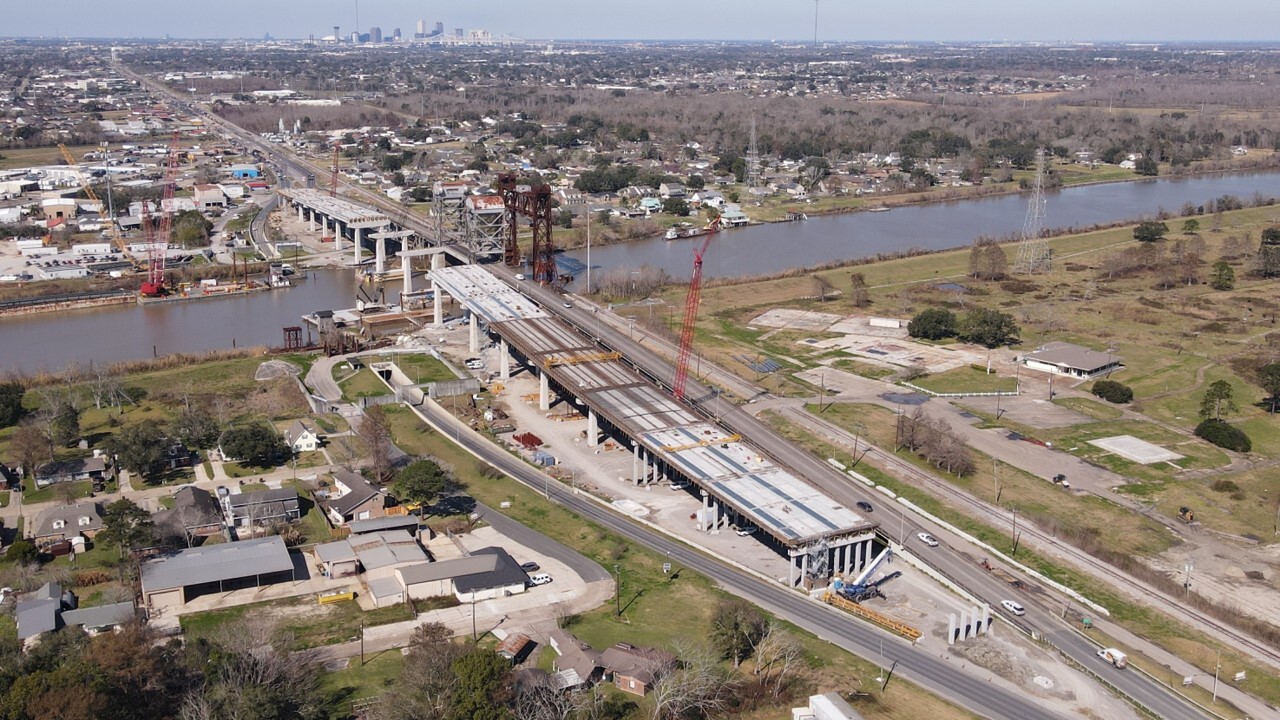WASHINGTON — Public-private partnerships do not necessarily supply more funds for highway construction than traditional government financing, and spending by the private party must be restricted by budget caps or legal limits for states and localities to see benefits from P3s, a Congressional Budget Office study concluded Monday.
“Revenues from the users of roads and from taxpayers are the ultimate source of money for highways, regardless of the financing mechanism chosen,” the study says. “The cost of financing a highway project privately is roughly equal to the cost of financing it publicly after factoring in the costs associated with the risk of losses from the project, which taxpayers ultimately bear, and the financial transfers made by the federal government to states and localities.”
Public-private partnerships have become increasingly popular as an “innovative financing” method as some states and municipalities turn away from the more traditional “design, bid, build” approach. Under the traditional method, the government uses tax revenue to finance the hiring of a contractor, which builds the road but has little or no stake in the project upon completion. In a P3, however, a private financier contributes some of the construction costs in exchange for the right to recoup those costs through tolling.
P3s accounted for just over one percent of money spent on highways between 1989 and 2011, the study says, while noting an uptick in P3 popularity in recent years.
“The use of public-private partnerships is increasing,” the study says, “and by one estimate accounted for between 30% and 40% of all new miles of urban limited-access highways built between 1996 and 2006.”
The CBO, a nonpartisan entity charged with providing objective financial analysis to Congress, says in the study that private financiers often expect more toll revenue than they end up collecting.
“To date, investors in the small number of public-private partnerships that have financed and built highways in the United States have in most cases overestimated the toll receipts from the completed roads,” the study says. “Thus, the projects have not produced large enough returns to justify those investments.”
The study notes that the limited number of P3 projects means that the data isn’t definitive, but recommends that governments clearly allocate risk in the contract creating the partnership.
“If a public-private partnership arrangement is chosen for a highway project, the government involved must design, implement and monitor contracts that allocate risk and control between the public and private partners,” according to the study. “Although contracts of that kind are difficult to create because the parties involved cannot anticipate all contingencies, they are essential to establishing the right incentives to perform the work efficiently and manage the project’s associated risks.”





